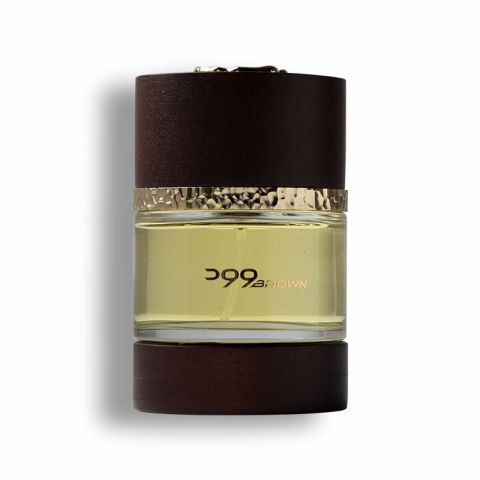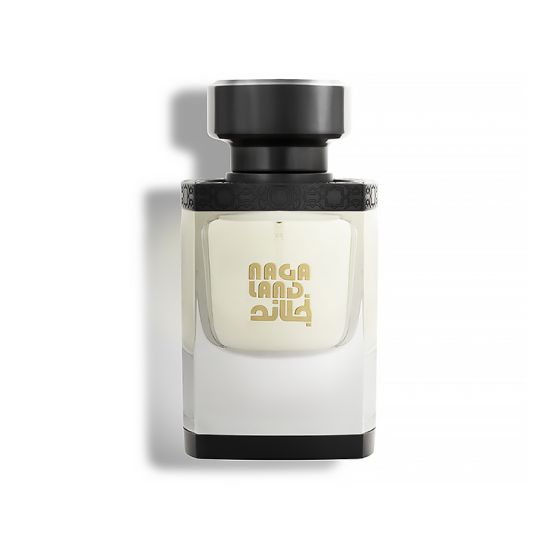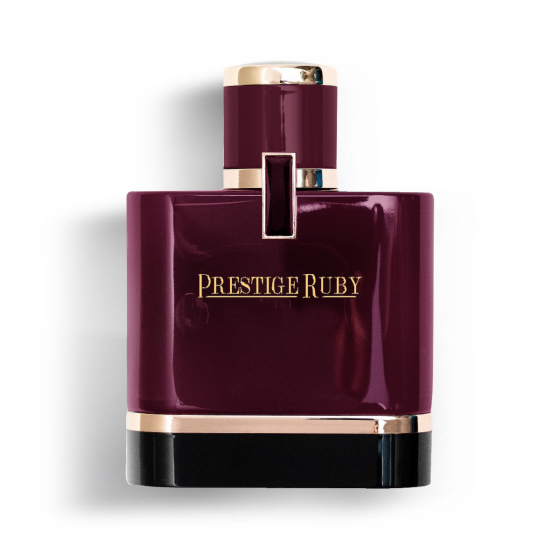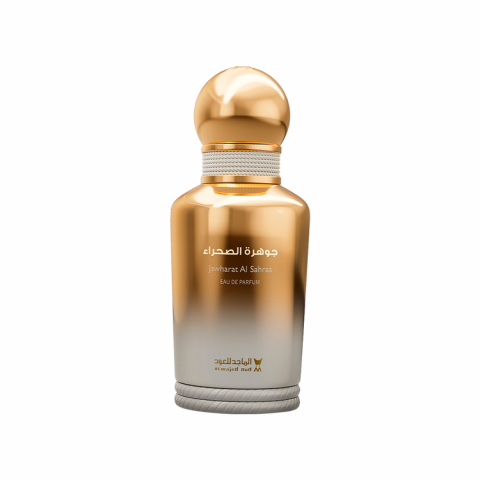
اشترى اونلاين وود وايت للطرفين - 75 مل افضل الأسعار من الماجد للعود, المملكة العربية السعودية, حصريا على الماجد للعود

عطر ميرال روج للجنسين من الماجد للعود 75مل: اشتري اون لاين بأفضل الاسعار في السعودية - سوق.كوم الان اصبحت امازون السعودية

اشترى اونلاين جديدنا عطر نجلاند للطرفين - 50 مل, افضل الأسعار من الماجد للعود, المملكة العربية السعودية, حصريا على متجر الماجد للعود

اشتري اونلاين بأفضل الاسعار بالسعودية - سوق الان امازون السعودية: عطر البرنس للرجال من الماجد للعود، 50 مل : الجمال والعناية الشخصية

عروض يوم التأسيس 2023 الماجد للعود| أكبر خصم وتخفيض على عطر البرنس مع بلاك سكرت تعرف على التفاصيل – ماركتنا

الماجد للعود on Twitter: "عطر "السر الأسود" أسلوب استثنائي #جديد من #الماجد_للعود . #عطور #تسوق #عروض #تخفيضات #رمضان http://t.co/vtufOEBsYn" / Twitter

عطر من الماجد - المملكة الخاص 28 مل: اشتري اون لاين بأفضل الاسعار في السعودية - سوق.كوم الان اصبحت امازون السعودية














